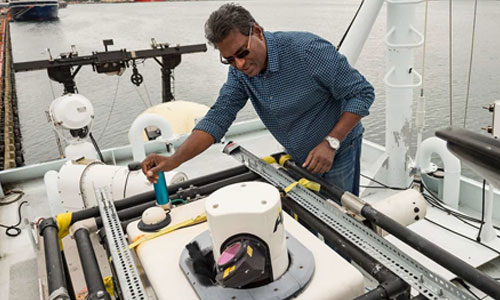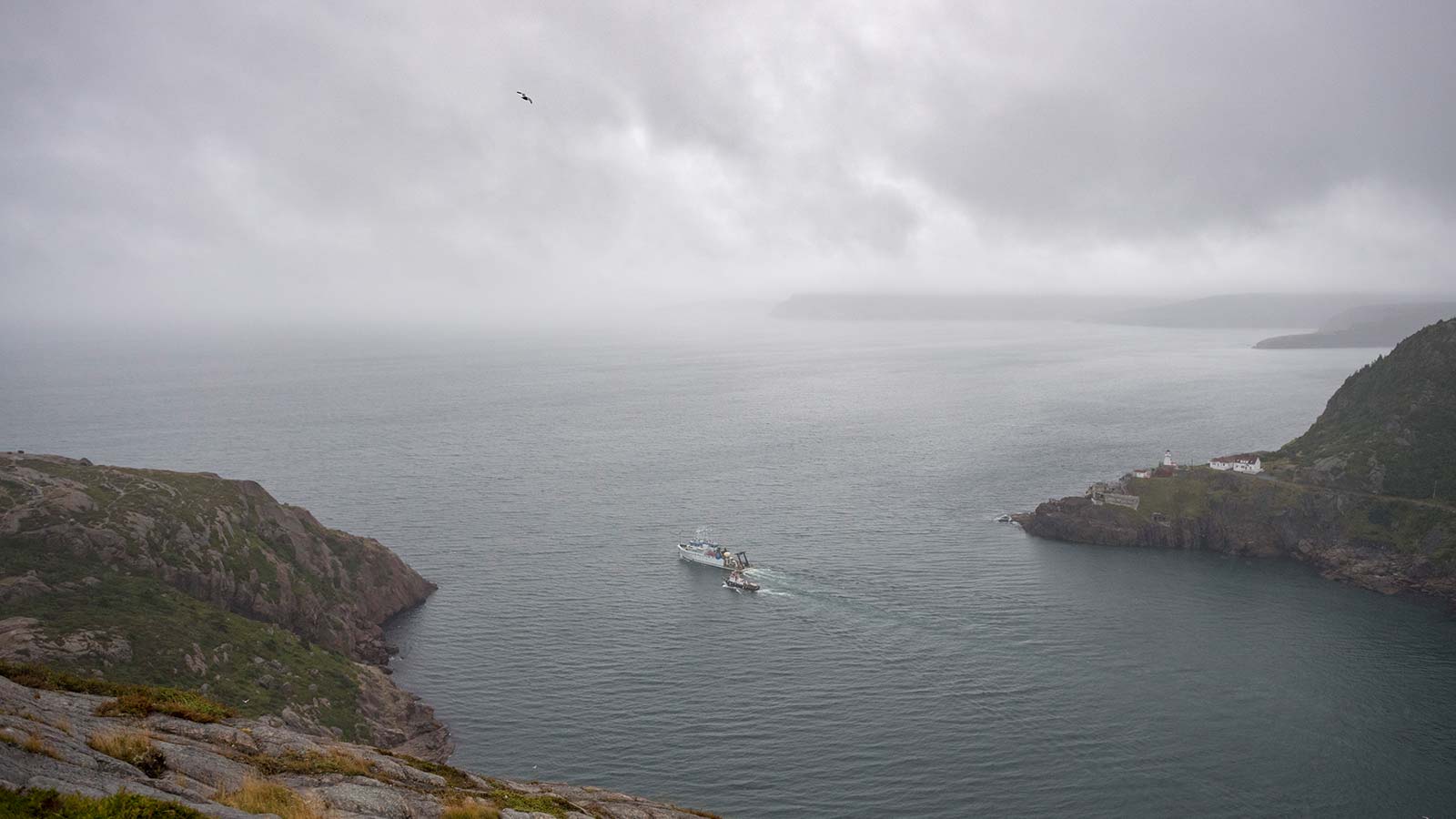The project is centered on a field program over land and water to be conducted in eastern Canada at two supersites (in Nova Scotia and Newfoundland) rich in fog climatology and conducive to disparate fog types (warm and cold advective fogs, ice fog). An unprecedented array of in situ, path integrating and remote sensing instruments, profilers, and a UAV will be deployed, allowing measurements across a swath of space-time scales relevant to fog formation. Instrumentation platforms will be located over both land and the coastal ocean.
The research program encompasses fundamentals (life cycle, radiative transfer, turbulence, and boundary-layer structure), microphysics (droplet characterization, nucleation), thermodynamics (radiative mechanisms, phase changes), detection (in-situ and path measurements, profiling and remote sensing), satellite observations (GOES-R, MODIS), and forecasting/numerical modeling (mesoscale and microscale modeling, validations, parameterizations).
Sponsored by Marine Meteorology and Space Program Code 322M, the Ocean, Atmosphere and Space Research Division and the Office of Naval Research
Principal Investigator

Harindra Joe Fernando
Wayne and Diana Murdy Endowed Professor
Department of Civil & Environmental Engineering & Earth Sciences
